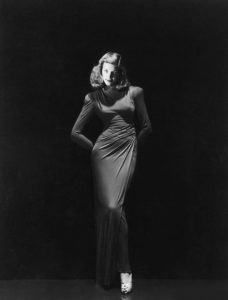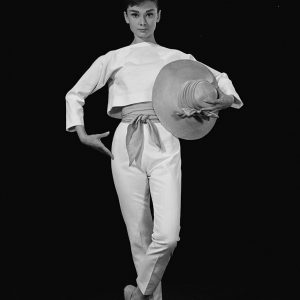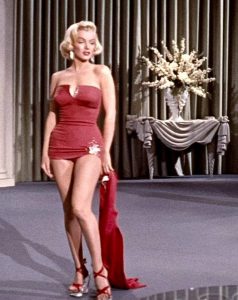I didn’t really have any Image ID resistance to being a Flamboyant Gamine. Many people come to the system with a “grass is greener” attitude, and that’s what made it hard to see themselves. I came to it with, “It can’t really be that easy or what I want; it has to harder than that.” Perhaps it’s my Enneagram 4 coming out, but I enjoy being a type that is less common and that can be disruptive to traditional beauty standards.
I have to come realize that the resistance I do have, in terms of my yin/yang balance, is that I can tend to go too yang, which is something that David identifies in the book as a problem common to gamines–that we tend to accept our yang side more easily than our yin side. It is important for me to remember that I am not yang-dominant; I am yang and yin, in a juxtaposed and almost-equal combination.
Similarly, I have a tendency to go heavier in my colors than I actually am. And this is where I really have resistance. In my heart of hearts, I love the Winter palette. I appreciate DYT, because it gives me permission to explore this desire, but I know that I am actually have more warmth, less contrast, and more delicate coloring. I can dress up and carry the movement and energy, but it is not going to be the perfect harmonious match for me. (Carol herself mentioned in a video I watched that she was draped as a Winter in the 80s. I don’t think it’s uncommon for your DYT type to not be a good fit for where you would be based on coloring alone.)
While I still think my skin generally looks OK in Dark Autumn, I think the heaviness can overwhelm me–my natural coloring can’t really hold it up. I suppose it was a bit of compromise for me–some brightness and warmth, but still with Winter. I also looked for that in Bright Spring, but it wasn’t the right combination for me, either–I think some of the colors go too cool in a way I can’t handle.
After consulting some of my most trusted Color and Style friends, I purchased a True Spring fan. I think it is a good starting point, and I like just having a fan to look at–sounds weird, but it’s true. When I read Christine Scaman’s True Spring chapter, a lot of it resonated with me, from my coloring as a child to the finishes I prefer in my makeup, which is more translucent acrylic than the oil painting of Autumn.
I don’t think, however, that my feelings on Sci\ART have really changed: I still feel like the color spaces are too limiting. Maybe they’re your top colors in a four-season space, but this exact color setting of hue/temperature/chroma isn’t representative of your entire color space.
What I have come to is simply Four Season Spring. It feels right to me because:
- These are the colors I have surrounded myself with when I look at my interior decorating choices (See Johannes Itten and students choosing the colors that suit them without being aware of it)
- These are the colors that I get complimented on. I did not get compliments in Autumn colors for the most part, except for my style choices. I worked retail for a while, and I heard a lot of opinions on my own choices!
When looking at four seasons, it is understood that not every color in a palette will be good and some will be better than others. When pondering Spring and Autumn, I took the Color Me Beautiful palettes and crossed out all the colors that don’t work for me in Spring (the ones that bring out redness in my face) and the colors in Autumn that feel too heavy for me.
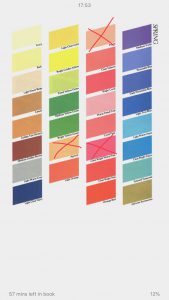
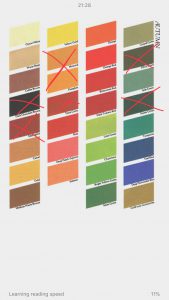
Rather than using a palette, however, I am just going to trust me own eye and go with colors that appear to be warm enough and clear enough. I have been doing this dressing T4 (since I feel that I still need red-orange and not fuchsia, for instance). My approach is to do both, sometimes separately, sometimes in combination, if there are colors that are warm enough for Spring but also pure enough for T4. This is made easier by David Kibbe’s philosophy of head-to-toe dressing, although he would not approve of anyone who is not a Winter wearing black! If I want to wear black and my silver jewelry, I can, in an outfit that is totally in line with the T4 pure hues; if I want to wear brown and my gold jewelry, I can, in an outfit that is all Kibbe/CMB Spring.
While this may seem like two wardrobes, I just think of Audrey Hepburn’s first wedding set, which was a stack of bands in gold, rose gold, and silver, because she was so into fashion and couldn’t be restricted to one metal. Rather than just choosing between two options, I want to have both options. Maybe one option will win out. Maybe I’ll just be happy to have options and wear whatever strikes my fancy on a particular day.
Are you dealing with two (or more!) color palettes/style philosophies? How do you handle it?
